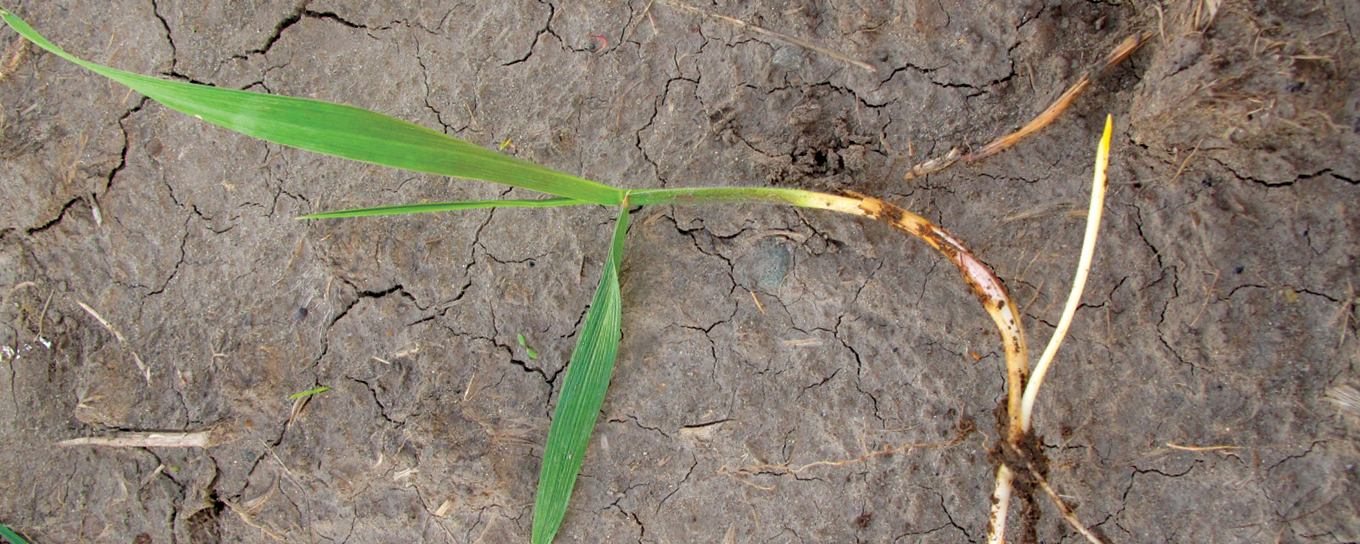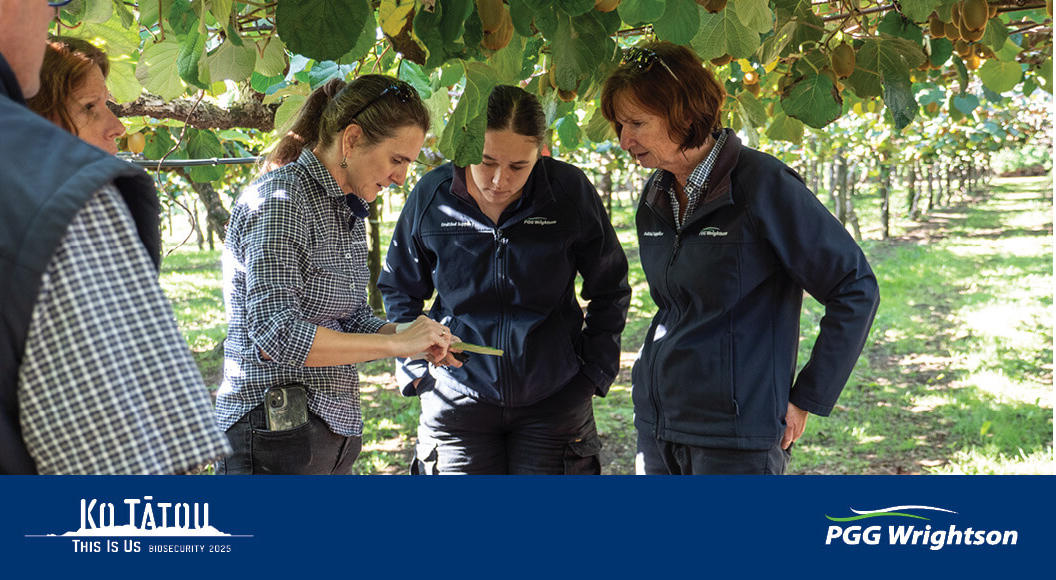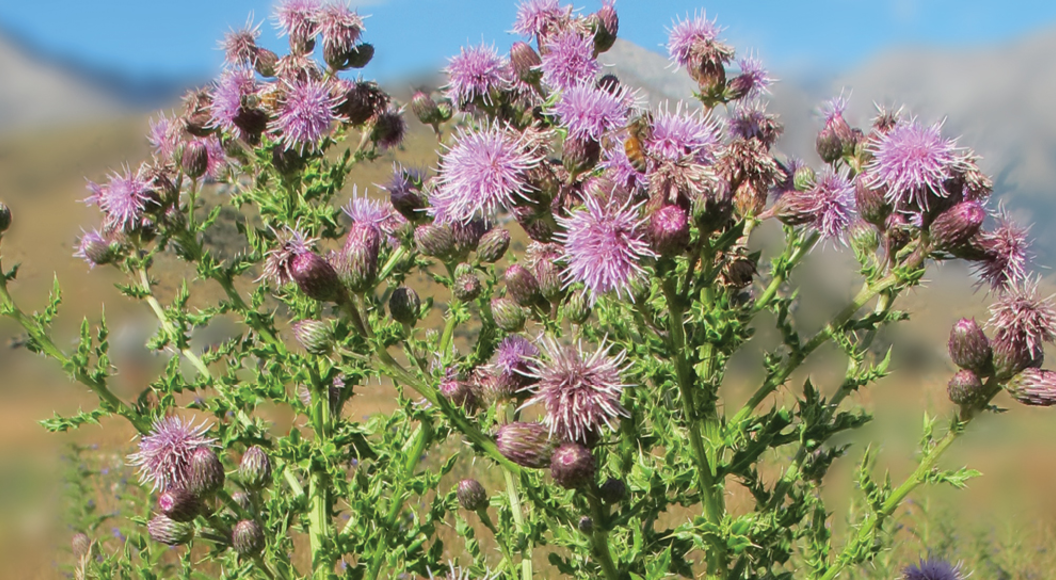
Perennial grass weed control of twitch
Perennial grass weeds are a problem on South Island farms and can build up over time, replacing higher producing grasses in your pastures. The one I come across a lot on-farm is the grass weed called twitch (Elytrigia repens), also known as couch.
Twitch spreads by its wiry creeping rhizomes and is commonly found as a problem throughout New Zealand’s home gardens, pastures and roadsides. Twitch is a problem because it isn’t productive compared to other pasture species, so as it dominates an area of pasture, the overall productivity drops. Like all weeds, it is also using valuable nutrients and moisture which are better utilised by desirable pasture species.
Once identified, this weed requires a concerted effort and good timing to control it. But, let’s start with identification. From above ground, twitch looks similar to most pasture grasses, but give the leaf a pull and it shows its real colours by exposing the plant’s root system. The plant produces extensive rhizomes horizontally underground so as you pull up the grass plant some of the rhizomes come with it (you may have to gently dig out the root so it doesn’t snap off). The plant can be easily identified by its rhizomes which are bright white and grow horizontally about 10 cm below the surface. These rhizomes are a key characteristic of twitch (Image 1).
These rhizomes, which help with identification, are also the reason this weed is so successful. They provide a large reserve for the plant to bounce back after attempts at control, and also have the ability to survive being cut into pieces during cultivation, therefore dividing and producing a new plant from each piece. These two characteristics contribute to making this grass weed a problem on-farm, but by taking a few things into consideration control, is possible by depleting the rhizome’s reserves and eliminating each plant.
The best time to control any weed is when it has leaf area to take up the herbicide when actively growing, which for twitch is in the spring or autumn. Make sure you avoid the winter when twitch is dormant. In the South Island most pasture and crops are sown in spring and if there is a lot of twitch you can struggle to get control with this timing. In problem paddocks, alter your rotation so an autumn application of glyphosate is applied to actively growing twitch; this gives a great result. During your cropping phase, there is also the option of using a selective grass killer in some crops to help in the battle against this weed.
Consult with your local PGG Wrightson Technical Field Representative for advice around product selection and timing to ensure you get the result you are after and control twitch on your farm. Or for help identifying the weed, visit the PGG Wrightson YouTube channel and watch my ‘Grass Weeds: Twitch/Couch’ video.


